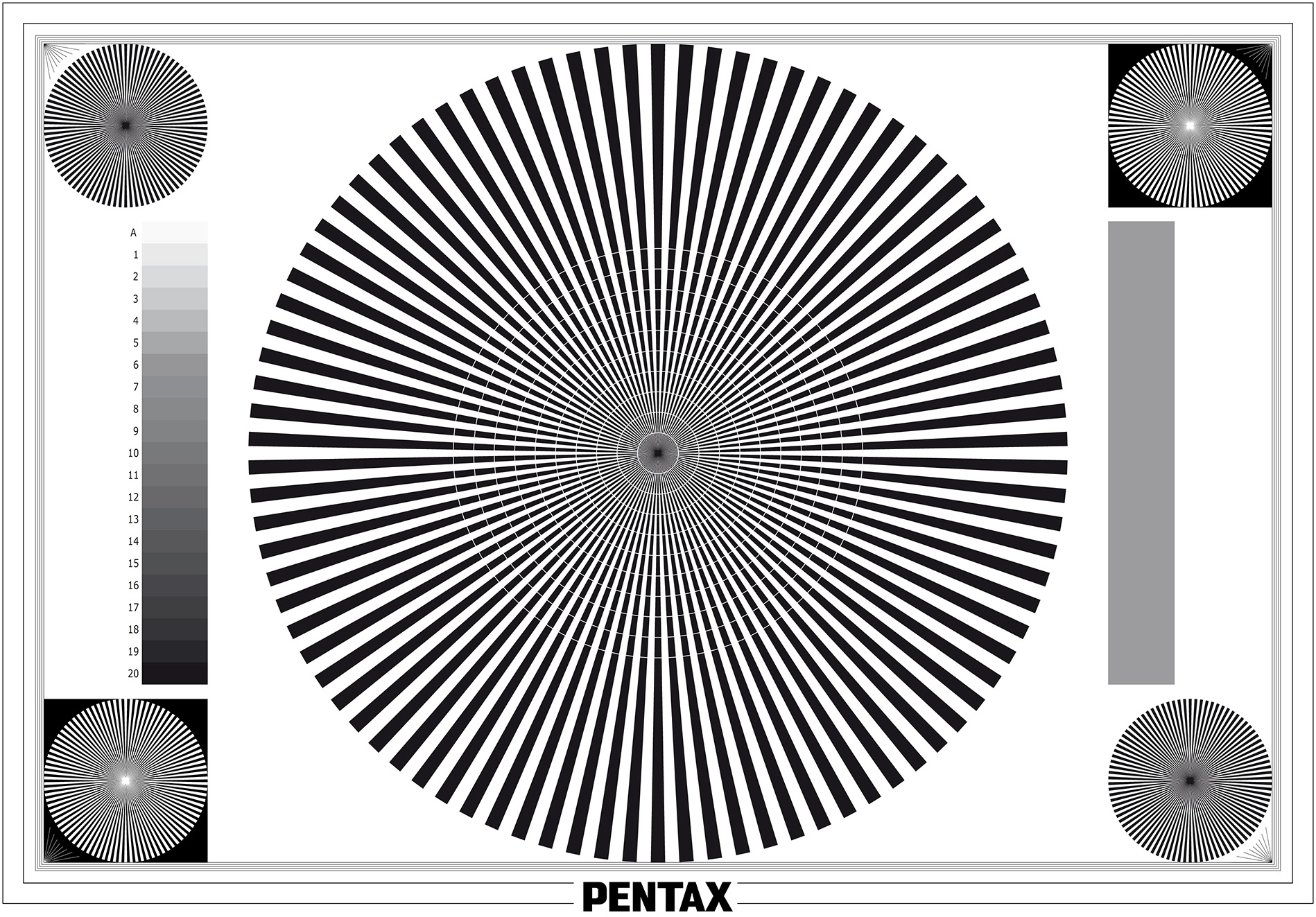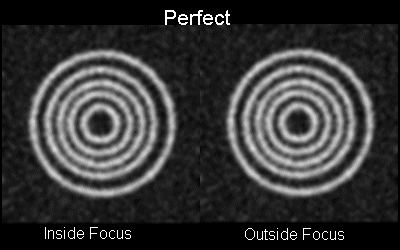


Animation 2: Temperature evolution after spark onset in a vertical cut-plane. Animation 1: Temperature evolution after spark onset in a horizontal cut-plane.

Overall, the pressure is well-predicted and the small discrepancies can be attributed to slight uncertainties in fueling and spark timing. The high load operating condition was simulated first, and all model parameters were left unchanged when simulating the two other load points. Figure 2 compares the simulated pressure traces with the experimental ones for a low load operating condition (3 bar IMEP), a part load operating condition (8.3 bar IMEP) and a high load operating condition (15 bar IMEP). Let’s have a look at how this model performs in Simcenter STAR-CCM+ with a simulation of a four-cylinder GDI production engine. Experiments are marked with dashed lines and solid lines are simulations. The model is providing a sub-grid description of the mixing and combustion processes, where the turbulence timescale enters the equations describing mixing and combustion, and that is important when modeling turbulent combustion in engines.įigure 2: Simulated pressure compared with experimental pressure for three different GDI engine operating conditions. What makes the ECFM-3Z model so popular? There are several key factors contributing to its success: (a) high computational efficiency (b) robustness (c) it is applicable to both premixed and non-premixed turbulent combustion. Now that we bring the ECFM-3Z model to Simcenter STAR-CCM+ we leverage the experience on implementation and application that was gained over all those years. Our journey with the ECFM-3Z model started years ago, as it was introduced into STAR-CD in the mid-2000s. The combustion model that we are introducing is the well-known ECFM-3Z (Extended Coherent Flame Model – Three Zones) model, which is the most widely used combustion model for in-cylinder simulations. With Simcenter STAR-CCM+ 2019.3, engine developers will be able to simulate combustion in gasoline direct-injection (GDI) spark-ignition engines and visualize the combustion process using Simcenter STAR-CCM+’s advanced post-processing capabilities, for example by visualizing the flame front as shown in Figure 1. Figure 1: Snapshot of the premix progress variable field representing the flame front in a GDI engine combustion simulation.


 0 kommentar(er)
0 kommentar(er)
